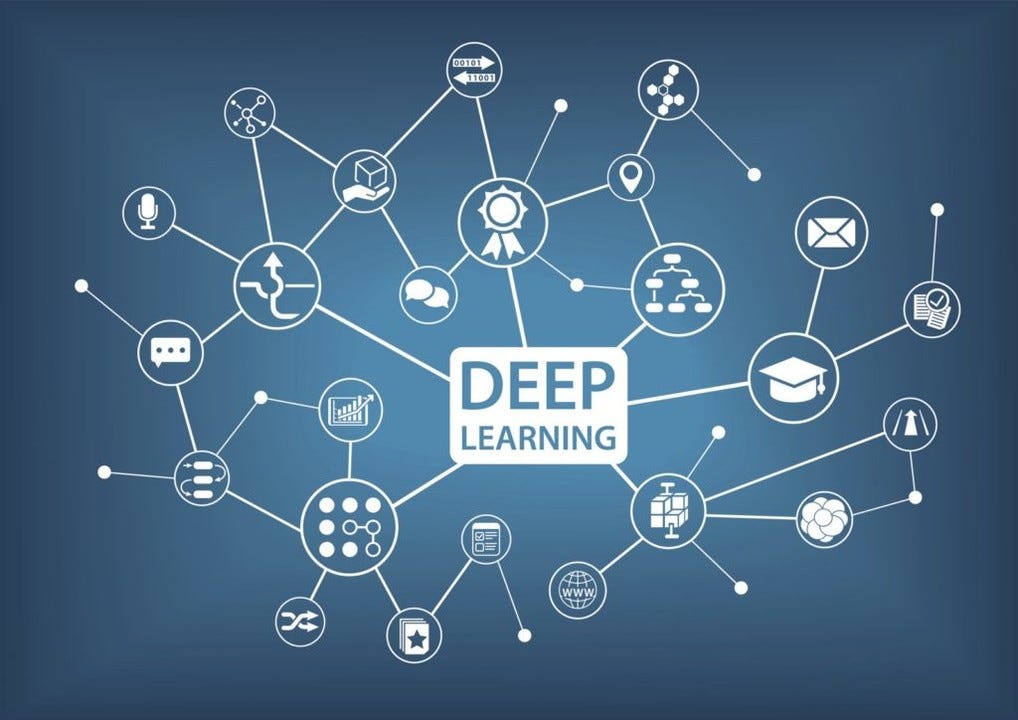Deep Learning is a subset of machine learning that involves training artificial neural networks with multiple layers to learn complex patterns in data. It has revolutionized various fields, including computer vision, natural language processing, and speech recognition.
Key Concepts:
- Neural Networks: Artificial neural networks are inspired by the structure and function of the human brain. They consist of interconnected nodes (neurons) that process and transmit information.
- Deep Architecture: Deep learning models have multiple layers of neurons, allowing them to learn complex features and representations from data.
- Backpropagation: This is a training algorithm that adjusts the weights of the neural network to minimize the error between the predicted output and the actual target.
- Activation Functions: These functions introduce non-linearity into the neural network, enabling it to learn complex patterns.
Applications of Deep Learning:
- Computer Vision: Image classification, object detection, facial recognition, image generation.
- Natural Language Processing: Machine translation, text summarization, sentiment analysis, chatbot development.
- Speech Recognition: Automatic speech recognition, speech-to-text conversion.
- Healthcare: Medical image analysis, drug discovery, disease prediction.
- Finance: Fraud detection, algorithmic trading, risk assessment.
Challenges and Limitations:
- Data Requirement: Deep learning models require large amounts of data to train effectively.
- Computational Cost: Training deep neural networks can be computationally expensive, requiring powerful hardware.
- Interpretability: Understanding how deep learning models make decisions can be challenging, as they are often complex and opaque.
Deep learning continues to be an active area of research and development, with new advancements and applications emerging regularly.
Would you like to know more about a specific application of deep learning or its underlying techniques?










+ There are no comments
Add yours